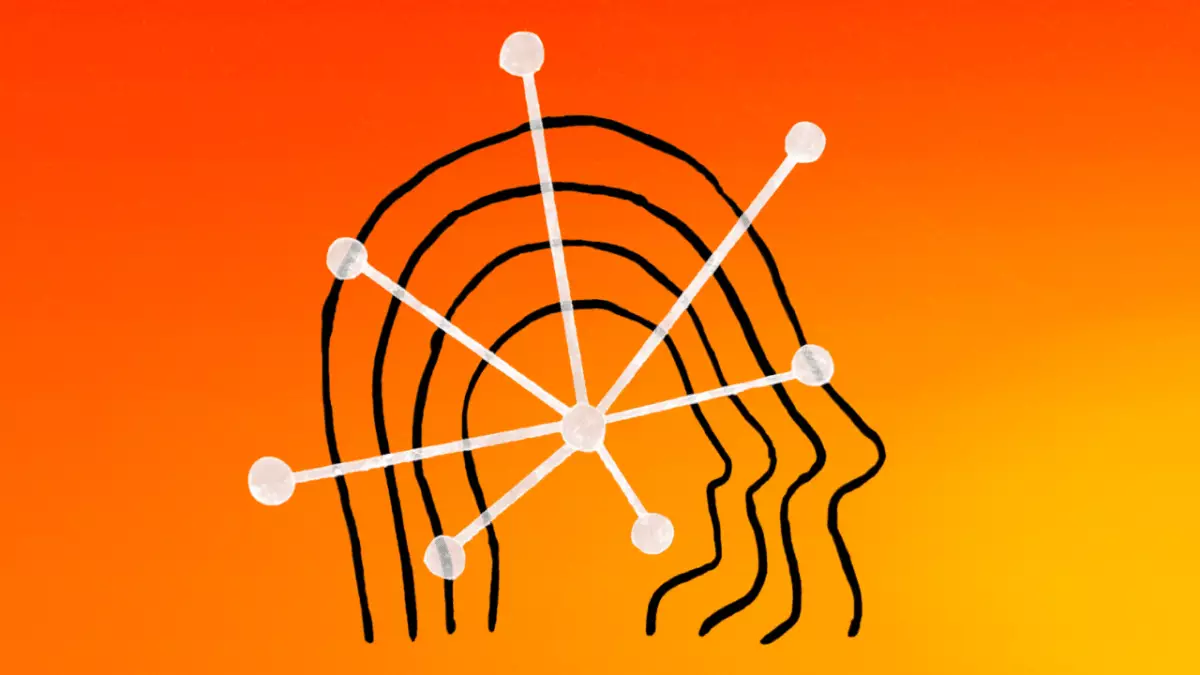The AI landscape is evolving rapidly, and Anthropic has emerged as a formidable competitor in this arena, only second to OpenAI. At the heart of Anthropic’s offerings are the Claude models, a versatile suite of generative AI tools designed to tackle a diverse array of tasks. This article delves into the specifics of Claude, exploring its uniquely named models, their capabilities, pricing structures, and the ethical considerations surrounding their use.
Anthropic’s Claude models are famously named after literary forms: Haiku, Sonnet, and Opus. These nomenclatures not only signify their intended complexity and utility but also inject a creative flair into the AI discourse. The latest iterations include Claude 3.5 Haiku, a lightweight model; Claude 3.5 Sonnet, which offers a middle ground in performance; and Claude 3 Opus, considered the flagship model of the series. Interestingly, despite its label as a mid-tier option, Claude 3.5 Sonnet currently stands out as the most adept model, particularly in comprehending nuanced prompts and instructions.
All three models share a fundamental capability: they can process both textual information and visual data, such as graphs and diagrams. This flexibility allows them to cater to various user needs, from casual inquiries to complex data analysis. Furthermore, each Claude model is built with a substantial context window of 200,000 tokens, enabling it to handle a significant amount of data in a single interaction. This is equivalent to processing approximately 150,000 words—roughly the length of a lengthy novel—before generating new content.
While the Claude models share overarching functionalities, they exhibit distinct performance characteristics that are vital for potential users. Claude 3.5 Sonnet, for example, distinguishes itself not only through speed but also in its ability to follow intricate instructions. In contrast, Claude 3.5 Haiku excels in efficiency, despite grappling with more complex prompts. The flagship Claude 3 Opus, while powerful, is somewhat slower than its mid-range counterpart.
Importantly, unlike many generative AI systems, Claude models do not have live internet access, which limits their ability to stay updated on current events. Additionally, they are restricted from generating rich visual content beyond simple line diagrams. This limitation can be a downside for users seeking a more comprehensive AI solution that combines text and image generation in real-time.
Anthropic provides its Claude models through a competitive API pricing system. The costs vary significantly across the models, indicating the more advanced functionalities they offer.
– Claude 3.5 Haiku is priced at 25 cents per million input tokens (approximately 750,000 words) and $1.25 per million output tokens.
– Claude 3.5 Sonnet costs $3 per million input tokens and $15 per million output tokens.
– For Claude 3 Opus, the price escalates to $15 per million input tokens and a staggering $75 per million output tokens.
This tiered pricing strategy allows users to select the model that best fits their specific requirements and budget.
For individual users and businesses wanting to engage with the Claude models, Anthropic offers a free plan with limited capabilities. Upgrading to Claudia Pro (at $20 per month) or the Team plan ($30 per user per month) unlocks key features, including increased rate limits and priority access, along with added functionalities tailored for business environments.
Business clients requiring tailored solutions can opt for Claude Enterprise, which allows organizations to incorporate proprietary data into the model’s framework. This feature enhances the model’s analytical capabilities, enabling it to provide answers based on internal datasets. Claude Enterprise also boasts an expanded context window of 500,000 tokens, assisting teams in managing vast quantities of information.
Both Pro and Team subscriptions benefit from innovative features like Projects and Artifacts, which facilitate user engagement with the generated outputs in a structured workspace. These tools empower users to edit and enhance the AI-produced content, making the interaction with Claude more collaborative and productive.
Ethical Considerations and Legal Implications
While the advancements represented by the Claude models are significant, they are not without controversy. The models occasionally generate inaccurate information, a phenomenon known as “hallucination,” and there are unstated risks in using data trained from public domains, including copyrighted materials. Despite claims of fair use, the potential for legal challenges looms, prompting Anthropic to develop policies that protect customers in case of copyright disputes. However, these measures do not entirely resolve ethical questions about the use of AI trained on unconsented data.
While Anthropic’s Claude models showcase a powerful array of generative capabilities, users must navigate pricing, functionality, and ethical considerations as they integrate this innovative technology into their workflows. Awareness and understanding of these facets are essential for responsible and effective AI deployment.

